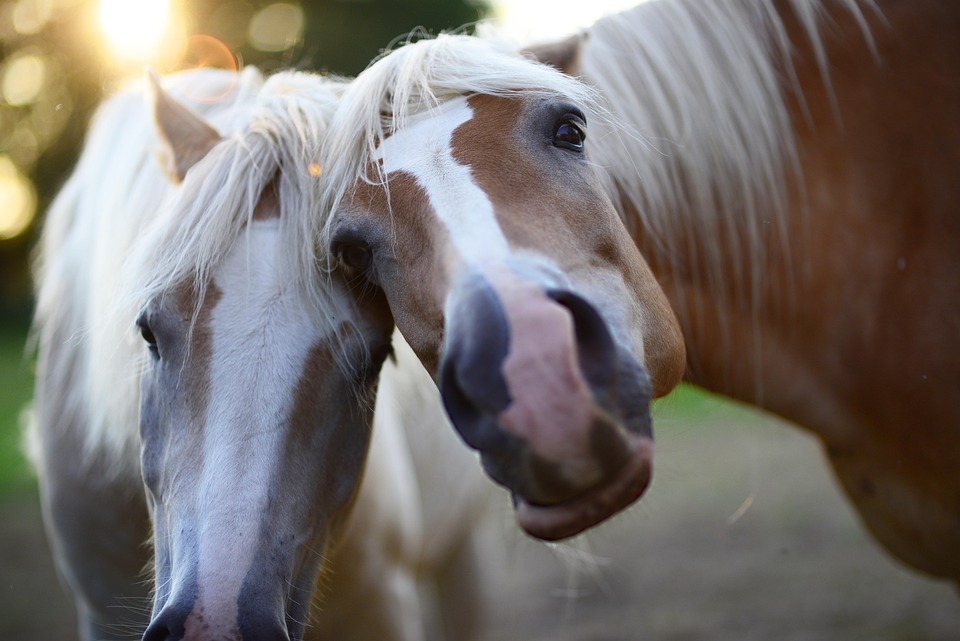
The role of women in temples from ancient times to the present has been a subject of great interest among scholars, historians, and anthropologists. The participation of women in temple rituals has been a matter of debate, and there is ample evidence to support the fact that women played an important role in ancient temple rituals. In this essay, we will explore the evidence that supports women’s participation in ancient temple rituals.
The participation of women in temple rituals can be traced back to ancient times. The ancient Indus Valley Civilization, which existed from 2600 BCE to 1900 BCE, provides evidence of women’s participation in religious ceremonies. The Indus Valley Civilization was known for its advanced civilization and the development of sophisticated technologies such as urban planning, drainage systems, and pottery. The excavations at the Harappan site have revealed various terracotta figurines of women engaged in religious activities, suggesting their involvement in temple rituals. The terracotta figurines depict women playing instruments, dancing, and worshipping deities, indicating their active participation in religious ceremonies.
Similarly, ancient Indian texts, such as the Vedas and the Puranas, provide evidence of women’s participation in temple rituals. The Rigveda, the oldest of the four Vedas, contains hymns that were composed by women, such as Lopamudra and Gargi, indicating that women were not only involved in temple rituals but also played an important role in religious practices. The Puranas, on the other hand, are a collection of ancient Hindu texts that contain detailed descriptions of various temple rituals and ceremonies. These texts provide evidence that women were allowed to participate in various temple rituals such as puja, yajna, and pradakshina. The Puranas also describe the various roles that women played in temple rituals, such as offering prayers, performing dances, and singing hymns.
Moreover, the ancient temples themselves provide evidence of women’s participation in temple rituals. The temples in India, such as the Brihadeeswarar Temple in Thanjavur, the Meenakshi Temple in Madurai, and the Jagannath Temple in Puri, have sculptures and carvings depicting women engaged in various religious activities. These sculptures and carvings provide evidence of women’s active participation in temple rituals, such as offering prayers, performing dances, and playing musical instruments.
Apart from India, evidence of women’s participation in ancient temple rituals can be found in other cultures as well. For instance, the ancient Greek religion had priestesses who were responsible for conducting various religious rituals and ceremonies. The most famous of these priestesses was the Oracle of Delphi, who was believed to have the power of prophecy and advised leaders on important matters.
Similarly, in ancient Egypt, women played an important role in temple rituals as well. The goddess Isis was one of the most important deities in ancient Egypt, and her worship was overseen by priestesses who performed various religious ceremonies and rituals.
In conclusion, there is ample evidence to support the fact that women played an important role in ancient temple rituals. The evidence comes from various sources, including archaeological excavations, ancient texts, and temple sculptures and carvings. Women’s participation in temple rituals was not limited to India but was also present in other ancient cultures such as Greece and Egypt. The evidence of women’s participation in ancient temple rituals indicates that women played an important role in religious practices and were not relegated to a secondary position in society. This evidence challenges the prevailing notion that women were marginalized and excluded from public life in ancient times and provides a more nuanced understanding of the role of women in ancient societies.







